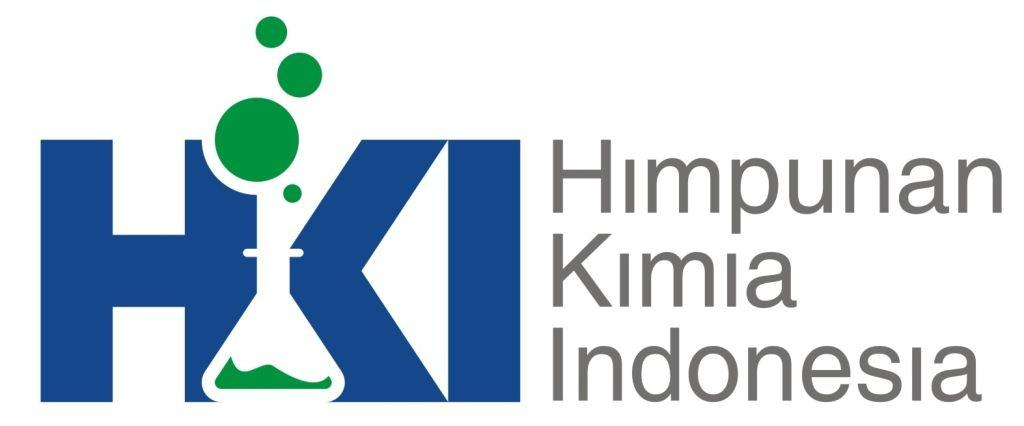Exploring The Potential of Mango Seed as A Bioadsorbent for Pb(II) Removal in Aqueous Solution
Abstract
Various industrial activities produce heavy metals as by-products or wastes. Lead is a metal trace element from sewage disposal, vehicle fumes, and atmospheric emissions from industrial activities. Mango seeds are composed of cellulose, lignin, and hemicellulose, which have many potential binding groups. Mango seeds, which are often considered waste, can be utilized as a low-cost biosorbent due to their various functional groups, such as hydroxyl, carboxyl, carbonyl, alcohol, amide, and aromatic groups. Mango seed are organic waste with potential as low-cost biosorbent for heavy metals removal. The purposes of the study are: (1) to explore the optimum condition of biosorbent in absorbing heavy metal species (Pb (II)), and (2) to analyze the adsorption model of synthetic waste containing Pb(II). Mango seeds have a considerable potential to be used as a biosorbent to absorb heavy metal ions. The optimum conditions for Pb2+ ion adsorption is at pH 6 with contact time 70 minutes, and concentration of biosorbent 2.0 g/L. Adsorbate adsorption follows the Freundlich model, and adsorption occurs only in a few surface layers. The kinetic parameters of adsorbent satisfied pseudo-second-order reaction. The optimum adsorption capacity (qm) of mango seed biosorbent in absorbing Pb ions is 43.86 mg/g.
Keywords
References
Barkhordar, B., Ghiasseddin, M. (2004). Comparision of Langmuir and Freundlich Equilibriums in Cr, Cu and Ni Adsorption by Sargassum. 7.
Beidokhti, M. Z., Naeeni, S. T. O., Ghahroudi, M. S. A. (2019). Biosorption of Nickel (II) from aqueous solutions onto pistachio hull waste as a low-cost biosorbent. Civil Engineering Journal, 5(2), 447. https://doi.org/10.28991/cej-2019-03091259
Çelebi, H., Gök, G., Gök, O. (2020). Adsorption capability of brewed tea waste in waters containing toxic lead (II), cadmium (II), nickel (II), and zinc(II) heavy metal ions. Scientific Reports, 10(1), 17570. https://doi.org/10.1038/s41598-020-74553-4
Das, N., Vimala, R., Karthika, P. (2008). Biosorption of heavy metals–An overview. INDIAN J BIOTECHNOL, 11.
Furqoni, F., Zein, R., Munaf, E. (2015). Biosorption of Pb(II) And Zn(II) from aqueous solutionusing langsat (Lansium domesticum Corr) fruit peel. 10.
Gupta, S. S., Bhattacharyya, K. G. (2008). Immobilization of Pb(II), Cd(II) and Ni(II) ions on kaolinite and montmorillonite surfaces from aqueous medium. Journal of Environmental Management, 87(1), 46–58. https://doi.org/10.1016/j.jenvman.2007.01.048
Kristianto, H., Daulay, N., Arie, A. A. (2019). Adsorption of Ni (II) ion onto calcined eggshells: a study of equilibrium adsorption isotherm. Indonesian Journal of Chemistry, 19(1), 143. https://doi.org/10.22146/ijc.29200
Lo, S.-F., Wang, S.-Y., Tsai, M.-J., Lin, L.-D. (2012). Adsorption capacity and removal efficiency of heavy metal ions by Moso and Ma bamboo activated carbons. Chemical Engineering Research and Design, 90(9), 1397–1406. https://doi.org/10.1016/j.cherd.2011.11.020
Malekbala, M. R., Soltani, S. M., Yazdi, S. K., hosseini, s. (2012). equilibrium and kinetic studies of safranine adsorptionon alkali-treated mango seed integuments. International Journal of Chemical Engineering and Applications, 160–166. https://doi.org/10.7763/IJCEA.2012.V3.179
Meena, A. K., Kadirvelu, K., Mishra, G. K., Rajagopal, C., Nagar, P. N. (2008). Adsorptive removal of heavy metals from aqueous solution by treated sawdust (Acacia arabica). Journal of Hazardous Materials, 150(3), 604–611. https://doi.org/10.1016/j.jhazmat.2007.05.030
Noviyanti, A. R., Yuliyati, Y. B., Maulani, G. N., Kurnia, I. (2022). Iron (II) removal using activated silica/lignin composite: kinetic and equilibrium studies. Jurnal Kimia Valensi, 8(1), 85–91. https://doi.org/10.15408/jkv.v8i1.22715
Rumiati, S., Munaf, E., Aziz, H. (2015). Biosorption of lead (II) and copper(II) from aqueous solution by Nypa frutican husk. 11.
Saputro, S., Ashadi, A., Mahardiani, L., Indriyanti, N. Y., Kawedhar, M. C. S., Ajunda, W. P. (2021). the analysis of low-cost Pb (II) adsorbents using batch method of solid-phase spectrophotometry. Jurnal Kimia Valensi, 7(1), 38–45. https://doi.org/10.15408/jkv.v7i1.18363
Shofiyani, A., Gusrizal, G. (2010). Determination of pH effect and capacity of heavy metals adsorption by water hyacinth (Eichhornia crassipes) biomass. Indonesian Journal of Chemistry, 6(1), 56–60. https://doi.org/10.22146/ijc.21774
Ucarli, O., Yayintas, O. T., Engin, M. S., Cay, S., Saglikoglu, G., yilmaz, s. (2020). investigation of competitive and noncompetitive adsorption of some heavy metal ions on Leucodon sciuroides (Hedw.) Schwägr. Langmuir, 36(28), 8265–8271. https://doi.org/10.1021/acs.langmuir.0c01403
Wang, J., Chen, C. (2009). Biosorbents for heavy metals removal and their future. Biotechnology Advances, 27(2), 195–226. https://doi.org/10.1016/j.biotechadv.2008.11.002
Wang, Q., Wang, Y., Yang, Z., Han, W., Yuan, L., Zhang, L., Huang, X. (2022). Efficient removal of Pb(II) and Cd(II) from aqueous solutions by mango seed biosorbent. Chemical Engineering Journal Advances, 11, 100295. https://doi.org/10.1016/j.ceja.2022.100295
Yu, B., Zhang, Y., Shukla, A., Shukla, S. S., Dorris, K. L. (2000). The removal of heavy metal from aqueous solutions by sawdust adsorption—Removal of copper. Journal of Hazardous Materials, 80(1–3), 33–42. https://doi.org/10.1016/S0304-3894(00)00278-8
Yuningsih, L. M., Batubara, I., Darusman, L. K. (2014). Sansevieria trifasciata properties as lead(II) ion biosorbent. Makara Journal of Science, 18(2). https://doi.org/10.7454/mss.v18i2.3139
Zakaria, A., Ismail, Djasmasari, W. (2017). Determination of the optimum conditions for Pb2+ ion adsorption by activated charcoal adsorbent using the surface response method. Warta AKAB, 1(33), 8–14.
Zein, R., Chaidir, Z., Zilfa, Z., Fauzia, S., Ramadhani, P. (2022). Isotherm and kinetic studies on the adsorption behavior of metanil yellow dyes onto modified shrimp shell-polyethylenimine (SS-PEI). Jurnal Kimia Valensi, 8(1), 10–22. https://doi.org/10.15408/jkv.v8i1.22566
Zhang, X., Wang, X., Chen, Z. (2017). Radioactive cobalt (II) removal from aqueous solutions using a reusable nanocomposite: kinetic, isotherms, and mechanistic study. International Journal of Environmental Research and Public Health, 14(12), 1453. https://doi.org/10.3390/ijerph14121453
DOI: 10.15408/jkv.v9i1.31733
Refbacks
Copyright (c) 2023 Ahmad Zakaria, Aynuddin Aynuddin, Wittri Djasmasari

This work is licensed under a Creative Commons Attribution-ShareAlike 4.0 International License.


